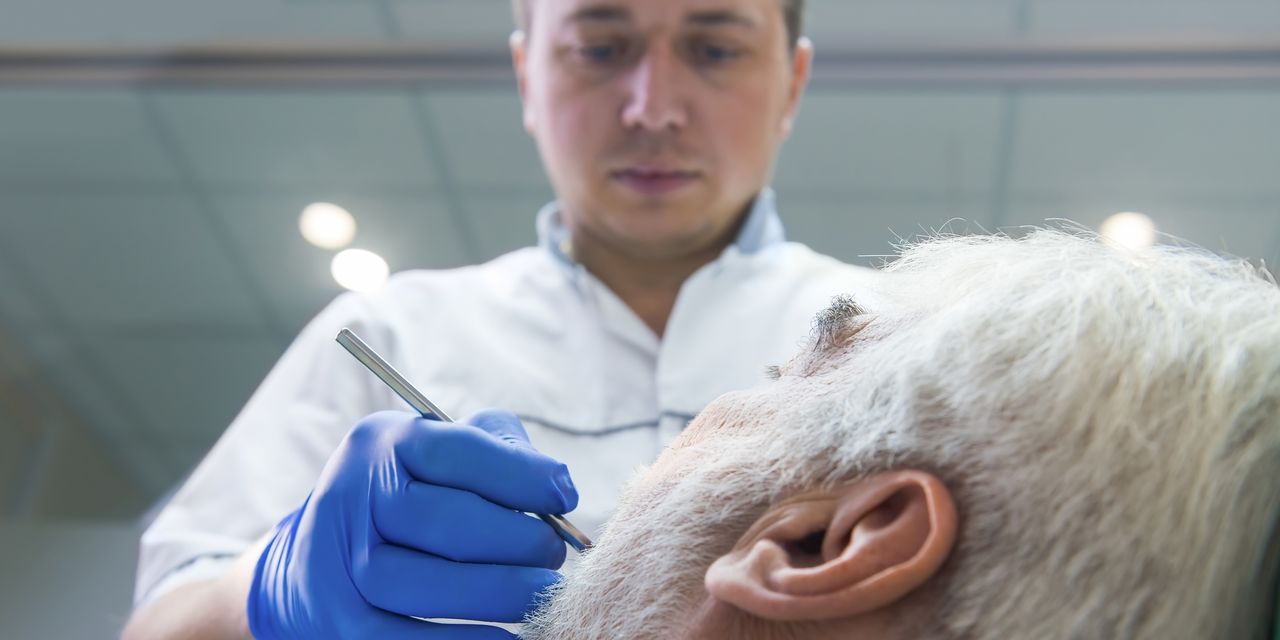Christina Povenmire is semi-retired from her financial planning practice and going on Medicare. She is buying a supplemental plan that will pay virtually all costs that Medicare doesn’t pay. But she won’t buy any insurance to cover dental costs.
“The cost of the dental insurance premiums isn’t worth the benefit,” she said.
Her view is common among financial planners and health insurance experts who run the numbers on insurance choices. They say dental insurance is different than health insurance, and retirees shouldn’t assume they should buy both types of plans just because they had both while working.
“People often want dental coverage for emotional reasons,” said Brian Marks, president of Employee Benefits of Virginia. When people retire and leave the assurance of dental insurance at work, “they are afraid of a large dental bill,” he said.
But if people compare the premiums they will pay each year to what a dental insurance plan will actually cover that year, “It’s hard to make the math work,” said Marks. Often the plans available to retirees cover far less than workplace plans, he said. It generally makes more sense to pay for the dentist directly without insurance.
“If you pay $900 a year for insurance and get $2,000 covered; then you’ve had the advantage of two for one,” said Katy Votava, president of Goodcare.com and a nurse/economist. “But if it’s a year when you don’t need it, you’ve way overpaid for your annual cleanings.”
Michael Adelberg, executive director of the National Association of Dental Plans, doesn’t look at it that way. He noted that he recently broke a tooth and the resulting cost of a root canal and crown was $4,000. “I was glad I had insurance,” he said. And another advantage, he added, is that insurers negotiate low rates with dentists so even if an individual has copayments and must pick up some of the cost, the fees are lower than they would get on their own.
People wanting protection from a major dental event like a crown, however, need to be aware of annual limits on what dental insurance will pay, said Votava. Those limits are crucial and make dental insurance different than most health insurance.
People buy health insurance because they don’t know what type of diseases may occur as they age, and a serious condition may require thousands of dollars of care year after year from doctors and hospitals. The patient’s “maximum” limit removes the risk that he or she will have to endure runaway costs beyond a certain amount.
Caps on dental insurance are the opposite. Instead of guaranteeing the dental patient that their spending won’t soar above a certain limit that year, it guarantees the insurer won’t spend beyond a certain amount.
Votava provides this simple illustration of a $1,000 limit: A person has already had checkups, X-rays, and a couple of cleanings that year and the dental insurance company has paid them entirely—perhaps about $400. Then the dentist delivers the bad news: The patient needs a $2,000 crown. Since the insurance company has already spent $400, the company will only spend another $600 before hitting its $1,000 limit for the year. So the individual ends up spending $1,400 for the crown despite having bought insurance to avoid a nasty dental charge.
A report by the Progressive Policy Institute says that dental insurance limits haven’t kept up with inflation. As dental services jumped 200 % between 1996 and 2015 a $1,000 limit remained entrenched.
Limits, however, have recently been shifting up a bit and especially in Medicare Advantage plans as insurers use dental benefits to attract seniors amid fierce competition, said Adelberg. Now, about a third of Medicare Advantage plans offer only basic preventative care—usually free cleanings and checkups—while another third have limits from $1,000 to $2,000, said Caitlin Walsdorf, director of HealthScape Advisors.
Individual plans with limits over $1,000 typically charge higher premiums and copayments than those just offering basics. And Medicare Advantage plans that beef up dental benefits generally ratchet back some other offering like vision or drugs to make the package of medical services work financially for the insurer, said Adelberg.
Instead of worrying about dental coverage, Jeff Goldman, a Deerfield, Ill. independent health insurance broker, says that retirees should make sure their Medicare Advantage plan covers the doctors and hospital they need. “A dental benefit is not a reason to go with a plan,” he says.
It is possible to find more generous plans. Goldman has identified a Humana Medicare Advantage plan with a $3,500 limit, and a stand alone dental plan—a GPM Dental plan underwritten by Ameritas—that will provide dental care up to $2,000 the first year, $2,500 the second and $3,000 the third. The premium is $50.72 a month, which is higher than the more common $30.
Besides paying attention to the annual limits imposed on dental care when buying dental insurance, Votava said it is essential to note waiting periods. Typically, if a person buys an individual dental insurance plan when retiring they will have to wait six months to a year before it covers major dental expenses like crowns. The idea is to keep people from buying insurance after a dentist has delivered some bad news.
“It’s like preventing a homeowner from buying homeowners’ insurance when a house is on fire,” said Rich Fuerstenberg of Mercer.
If a person is about to retire and thinks a huge dental bill may be coming soon, they may be able to avoid the waiting period by sticking with the insurance plan they had at work. The cost might be high under Cobra, but they may get 18 months of reliable dental coverage, said Votava.
People without dental insurance of any type may still have options to lower dental costs, adds Votava. Some dentists offer discounts. Her advice: “Before buying any dental insurance, ask your dentist if he or she takes insurance or will offer a discount to retirees.”
Write to [email protected]
Read the full article here


